Fourth Grade Unit 4 Exhibit Night 2024
Wednesday, May 15th | 6:45-7:15 | Media Center
A Year of Unit Comes Alive at Family Game Night! Fourth graders synthesized a year’s worth of social studies and science learning as they created engaging board games and game shows. In STEM class, Students researched and wrote about issues affecting the swamp and its inhabitants. In partnership with art, they created panels to connect their species in a food chain.
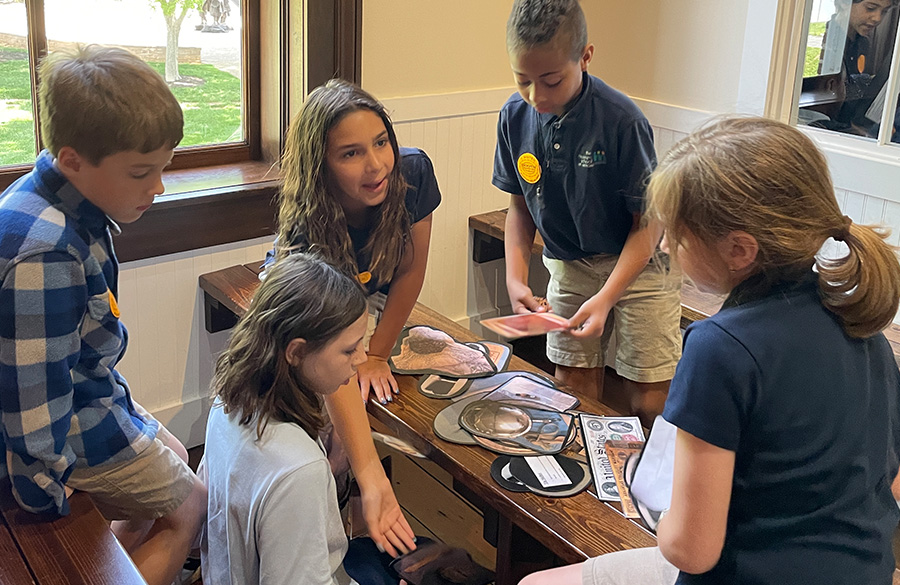
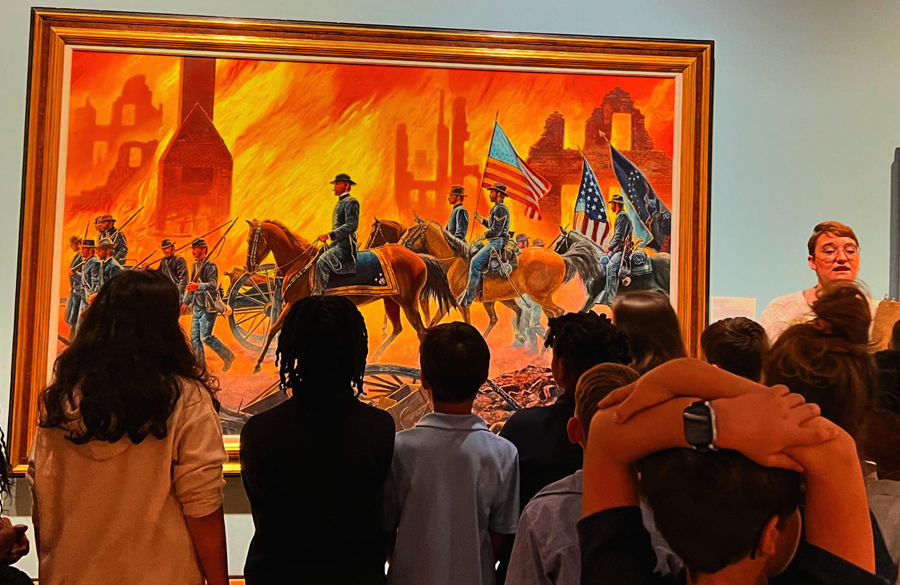
Student Expeditions:
- Atlanta History Center “Price of Freedom”
- Booth Museum “Civil War: A Union Dissolved”
- Atlanta History Center “Cyclorama”
Ask an Explorer:
- How does your game reflect the content you learned this year?
- How did you and your partner determine the design of the game?
- How did creating your game extend or deepen your knowledge of what you learned this year?
Travel Journals
Students documented their learning process in travel journals by drawing pictures, using graphic organizers, and completing reflections to solidify their learning.
My page about Uncle Tom’s Cabin is what I’m most proud of because it shows neatness, sassiness, and everything good! Travel journals help us remember information without having to search it up online!
– Adelaide Gaines
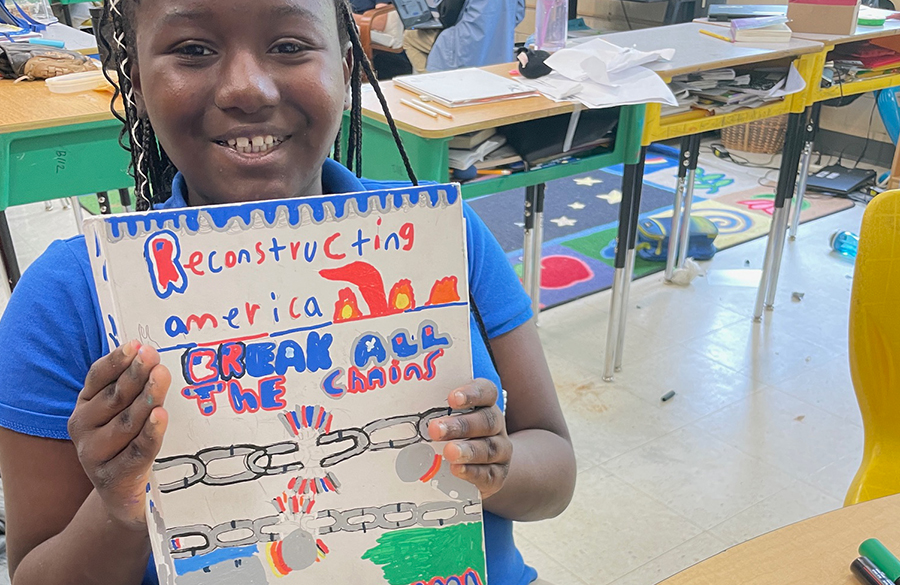
Review Game Spotlight
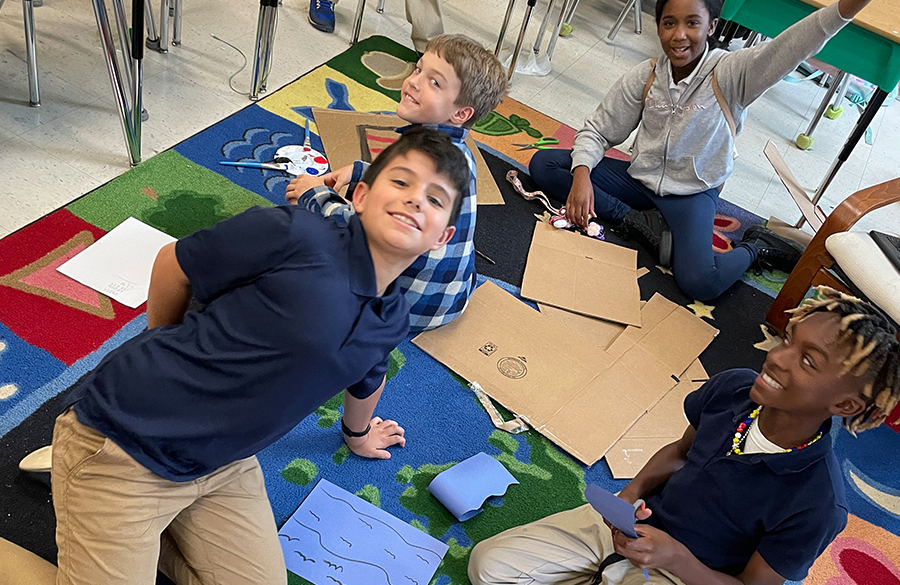
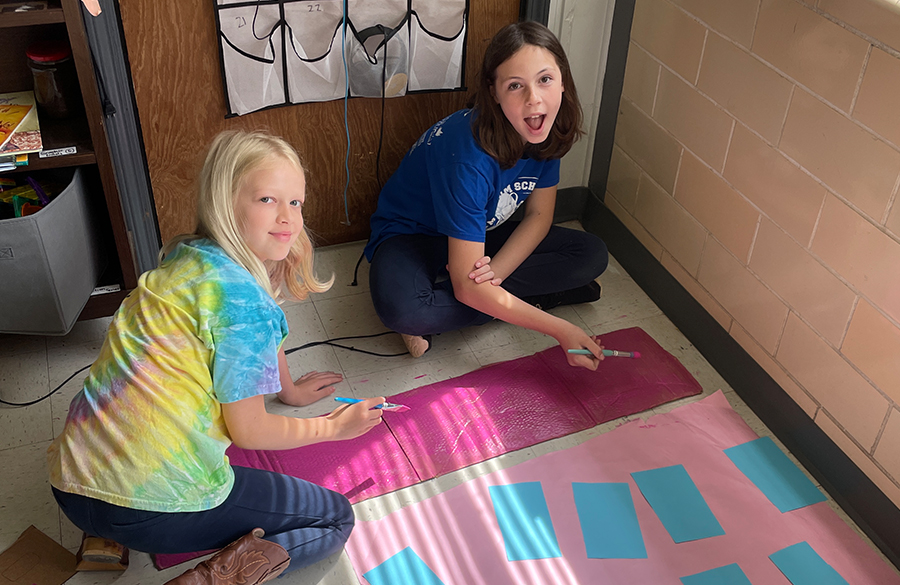
Fourth graders synthesized a year’s worth of social studies and science learning as they created engaging board games and game shows. Their goal was to teach to family members, peers, and our community the following learning objectives during this interactive, fun format:
- Causes of the American Revolution
- Battles and events of the American Revolution
- Creating a new government after independence (Declaration of Independence, Articles of Confederation, Constitutional Convention, 3 branches of government, Bill of Rights)
- Causes and events of Westward expansion
- Abolitionists and suffragists
- Causes and events of the Civil War
- Compare and contrast the physical attributes of stars and star patterns
- Compare and contrast planets in our solar system, the position and motion of the phases of the moon
- Differentiate between the states of matter and how they relate to the water cycle
- Weather instruments, symbols, and clouds
- Describe the roles of organisms, food webs, and the flow of energy within an ecosystem
For our game, we found out how complicated it would be to take over just one fort because we researched what an actual Revolutionary fort looked like and it was complicated.
– Julian Seymour
Protect the Okefenokee
In collaboration with STEM and Art, explorers engaged with an important issue facing Georgians, with both local and global implications: the protection of the Okefenokee swamp. After learning about ecosystems, specific species, and the hydrological threats facing the swamp should the mining company proceed with its plans, explorers decided to write persuasive essays to encourage the Georgia Environmental Protection Division to deny the permits for the proposed project. To read their letters, scan the QR code. The accompanying panels illustrate the delicate food chains that make up the life of the swamp.

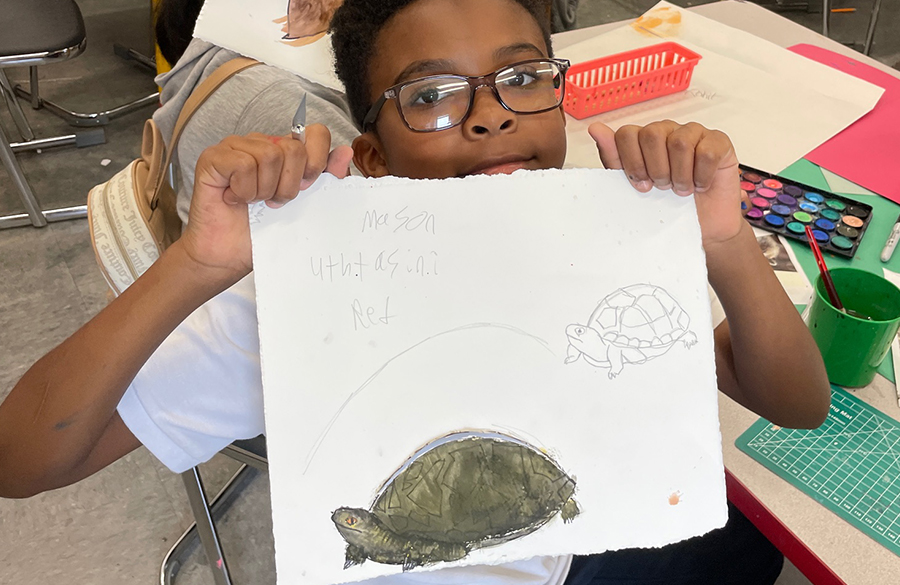
It is important to advocate for the protection of the Okefenokee Swamp because if we kill out one species the whole food chain could collapse and destroy the ecosystem. For our art collaboration, I picked the Water Lily because I thought it might be really intriguing to research and it would be fun to draw on our swamp. Also I was the only person in my class to choose a plant, so I thought outside the box.
– Carolyn Hamilton
Art or Not?
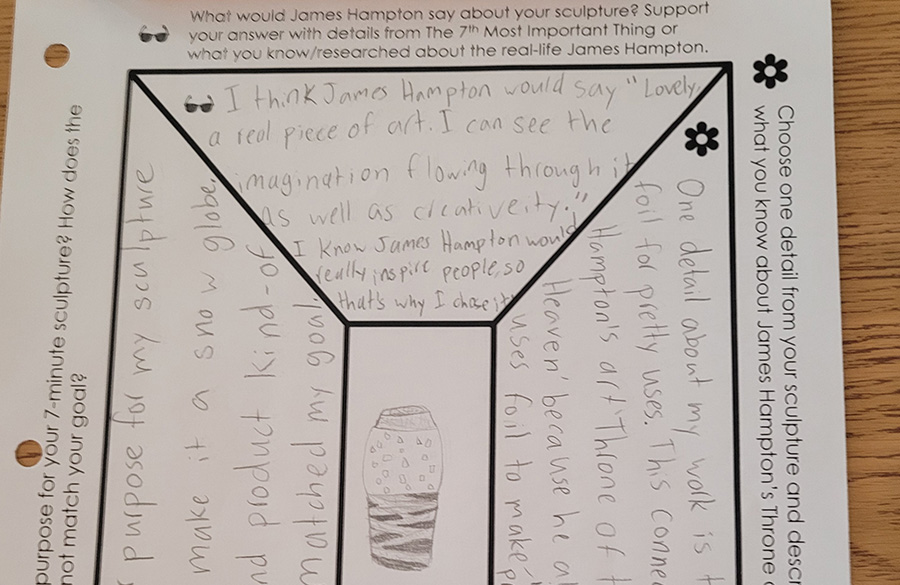
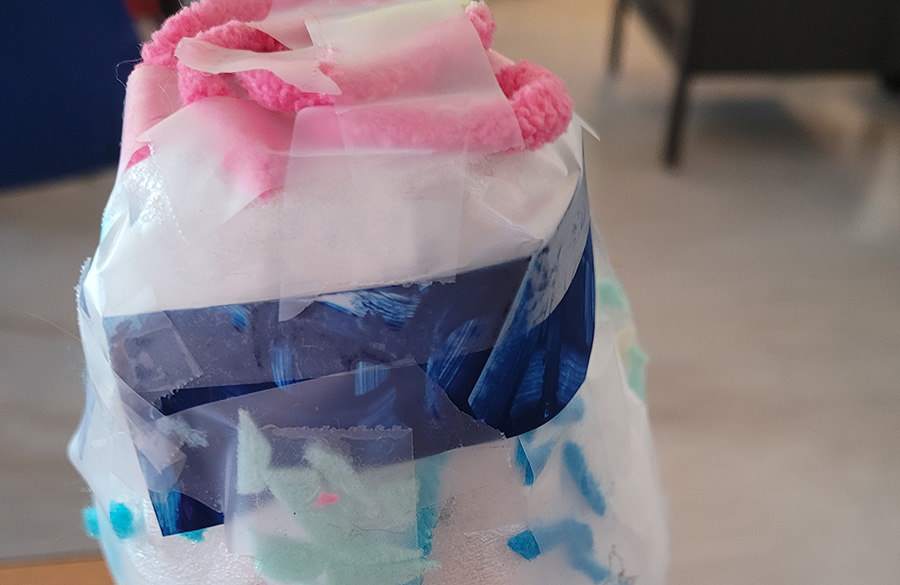
4th Grade Explorers2 read The Seventh Most Important Thing, a historical fictional novel loosely based on real-life assemblage artist, James Hampton. Inspired by Hampton’s style and techniques, explorers used discarded and found materials to create their own seven-minute sculptures. Afterwards, they reflected on their experience and determined if assemblage art is art or not (using a depth and complexity framework).
Reflecting on my sculpture increased my understanding of assemblage art by showing what all can be done with seemingly useless things. Take the Throne of the Third Heaven (by James Hampton), for example. It was built exclusively with trashed items that weren’t needed for anything else.
– CJ Eisel-Elder
Can You Dig It?
4th grade Explorers Squared studied archeology and how it helps us understand the past. Students researched a particular area of the world and created an imaginary civilization that could have lived there. Students created “artifacts” to show different aspects of their ancient civilization’s culture. As a class, we had a “dig” to find and put together each groups’ artifacts. Teams worked together to try and figure out where their classmates’ civilizations are located.

Archeologists help us understand the past by finding ancient artifacts and attempting to figure out what they were used for. They then will take those artifacts and put them together like a puzzle to tell us about the civilization(s).
– Tommy Engebretsen

